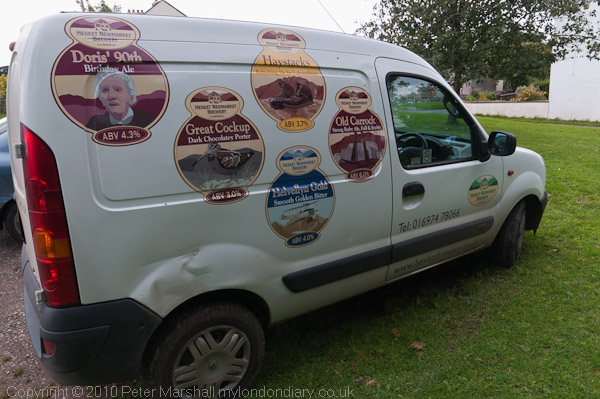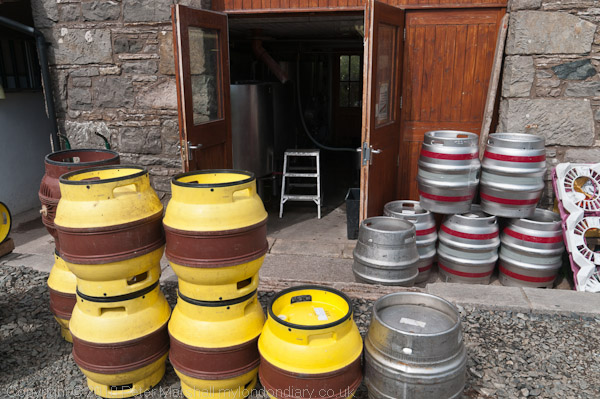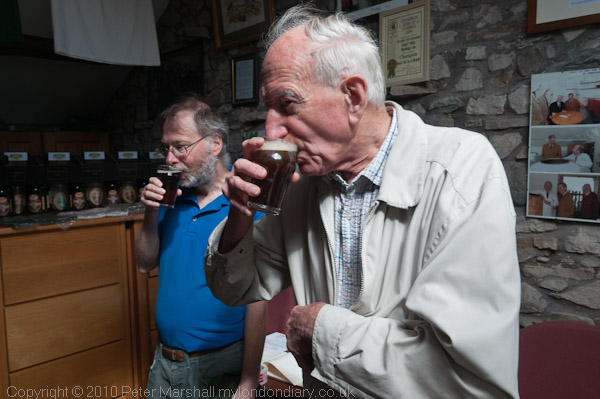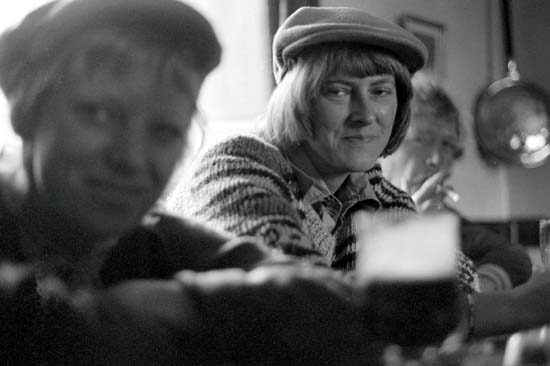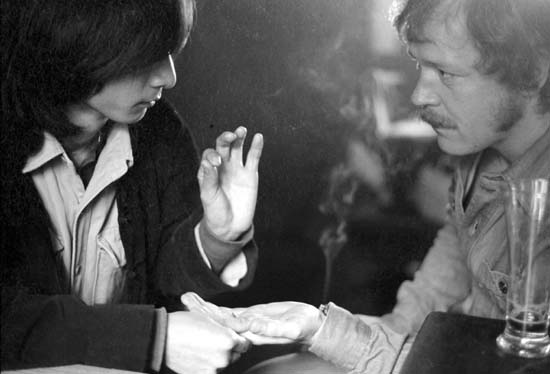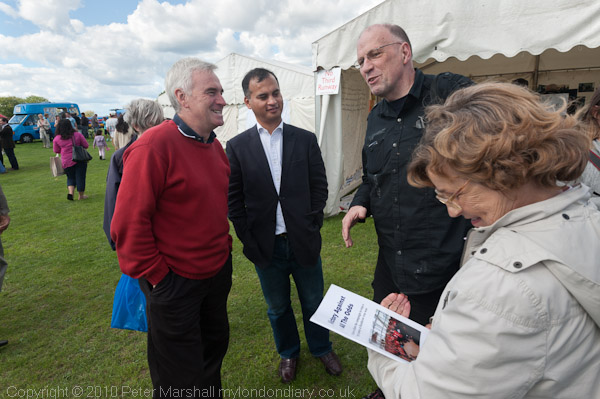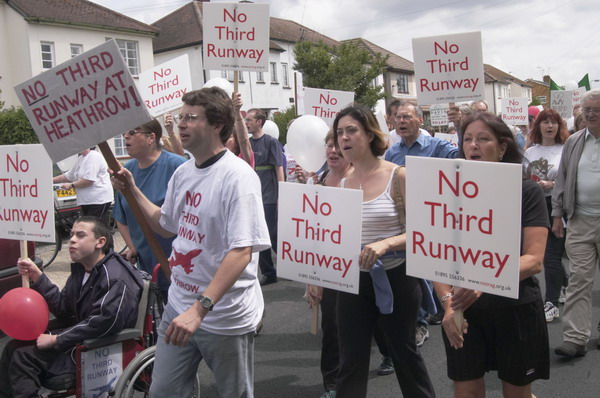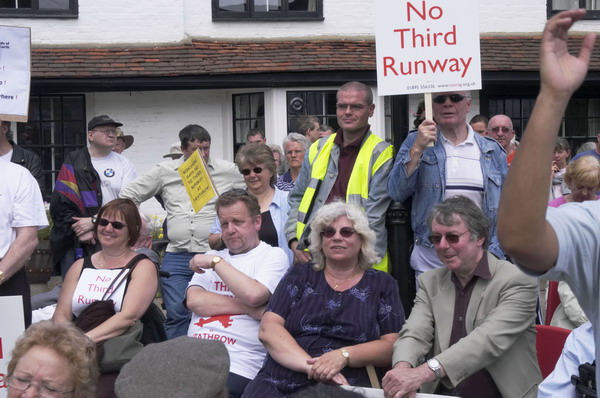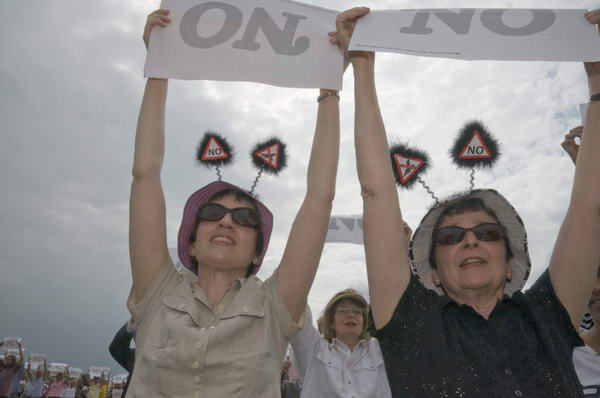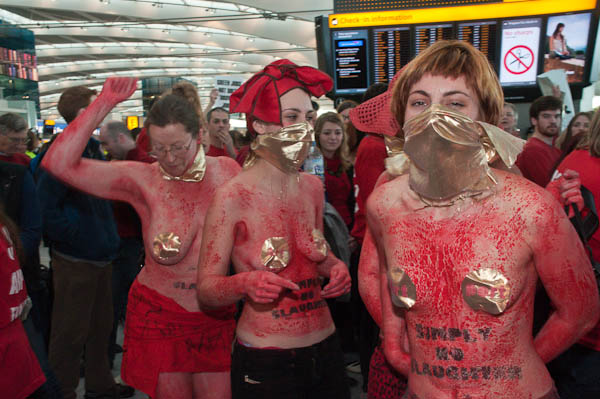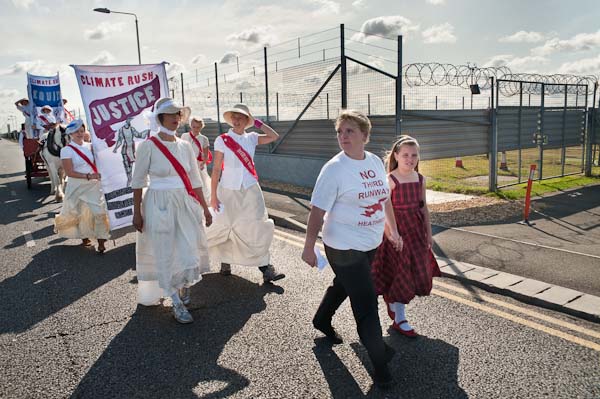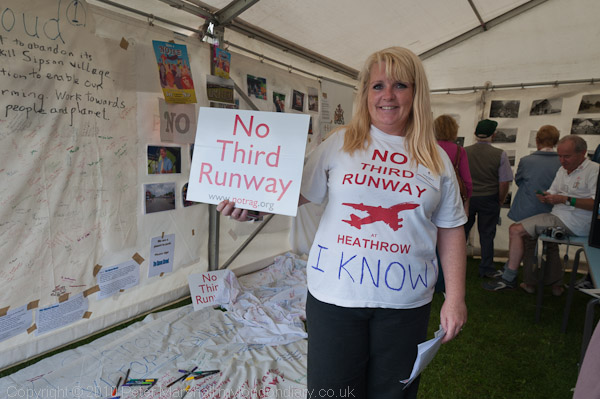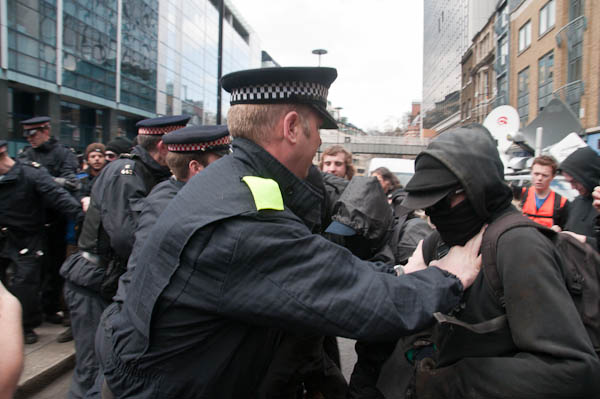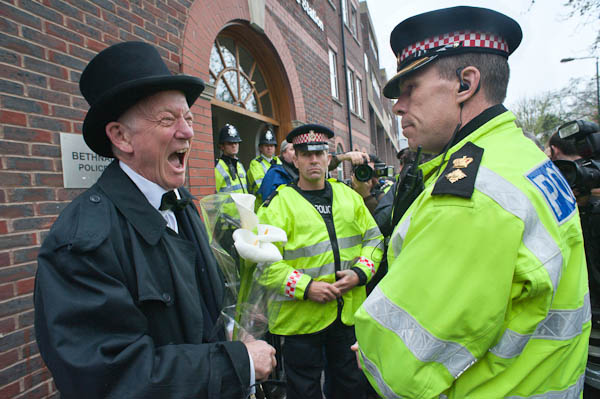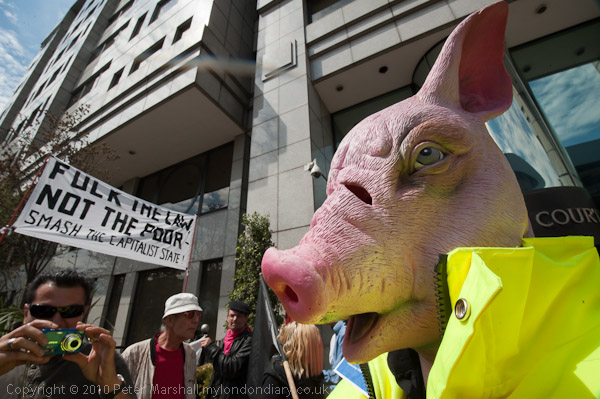Photographers who live in and around London who missed last night’s Photo-Forum should be kicking themselves. Apart from Ray Tang’s excellent brownies there was great photography from Antonio Zazueta Olmos and Kieran Doherty, making this perhaps the best evening yet. If you did miss it you can follow the links to their web sites where you will find most of the pictures that the two showed, but it just isn’t the same as seeing them projected on a large screen and hearing the photographers talk about them.
You can of course get something a little more personal on blogs, and both photographers write – if not too frequently – about their work online, with Olmos on photomexican (though the last post was in 2008) and Doherty‘s started under his name in February this year.
Olmos impressed with his obvious love of photography, and in particular the black and white work which inspired him to buy a camera by Bruce Davidson, Robert Frank and others. And although he showed some fine colour work including set of pictures of Nicaraguan refugees he made it clear that black and white remains his first love. Some of his best pictures were produced travelling with just a single camera and lens (Leica M6 and 35mm) although at times he took a deliberate decision to slow down his work by using a Mamiya C330 twin-lens camera. He found that people loved to be photographed by this camera and the different approach it entails, bowing towards your subject as you take the picture with the camera held firmly against your stomach.
Olmos also passed on a great bit of advice he himself received, that if you find yourself surrounded by photographers when taking pictures, you are almost certainly in the wrong place.
In recent years most of his work for the Observer has been portraiture, and although he now usually has to shoot for the paper in digital colour he still prefers black and white film, and showed us a powerful and varied portfolio of these images.
Doherty worked for many years for Reuters, and although he praised the freedom they usually allowed him, there was still obviously a great pressure to come up with the kind of pictures they wanted, and he obviously did a great job at doing so. His work showed a great willingness to experiment, having new ideas and trying them out. But eventually he found he wanted more freedom and at a time when the recession was really hitting and all of us were finding things pretty tough (and he’d just taken out a large mortgage) decided to go freelance.
The most impressive of his work for me was a continuing project on Wooton Bassett, shot in black and white. He is also shooting weddings, but not in the old formal way, but very much in a photojournalistic mode.
At every Photo-Forum there is a raffle, with the cash collected providing food in the pub after the event, and the prizes are usually prints donated by the photographers who give the talks. And last night I was lucky and one of my tickets was drawn out of the hat. So I’m now the proud possessor of a print by Kieran Doherty.
Photo-Forum happens every second Thursday of the month, 6 – 8pm downstairs in the Jacobs Pro Lounge at 74 New Oxford Street London WC1A 1EU.
